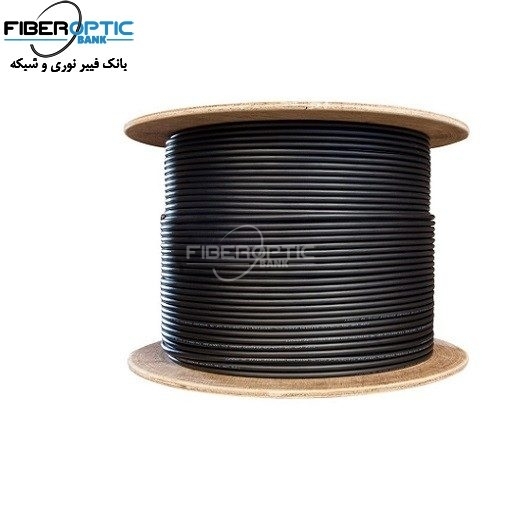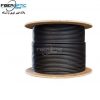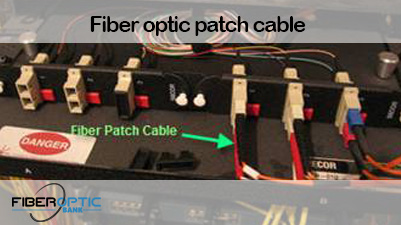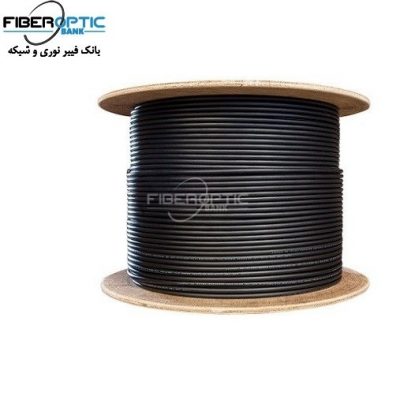Copper Twisted Pair cable 2400
Cabelte starts the production of copper telecommunication cables since the early 1970’. The first copper cables were made of PVC insulated conductors twisted in pairs.
The rise of the new generation of cables with better characteristics for transmission, takes place in the 80s with the use of solid and cellular polyethylene as insulation material.
Today, the use of copper telecommunication cables embraces other applications, as a result of the progress revealed on transmission systems. In the’ 90s, a new generation of cables for customer premisses appears, adapted,not only for voice, but also for image and data transmission, with optimized performance capable of supporting high transmission rates.
Copper Twisted Pair cable 2400
In general, the basic unit of a copper telecommunication cable is made of two insulated conductors, twisted together, with a constant lay length in order to create a balanced circuit. One may also group 4 conductors, twisted together, forming a quad which may contain, within itself, two or three transmission circuits.
With the frequency increase and use of multichannel transmission, it became necessary to optimise and improve cables characteristics in order to minimize interferences between pairs, usually called “cross-talk”, distinguishable as pieces of speech or signalling tones leaking from other people’s connections. Cabelte was continually investing and optimizing its production processes, in order to achieve the manufacturing of cables, complying with progressively demanding parameters, prescribed by communications upgrade and applicable standards.
The fulfilment of a certain communication specification and characteristics applied, such as attenuation levels and maximum crosstalk (near end crosstalk and far end crosstalk), among others, immediately starts at the project stage, by determining pair capacity and resistance, thickness of insulated wire, insulation material to be used, screens sizing and application methods, lay-length of each pair or quad and their assembly.
The production process has a decisive role in obtaining the desired characteristics, very important is the tight control of all parameters, both at extrusion (application of insulation layer) reducing all dimensional variability, and, at stranding, by tightly controlling tensions and constancy of pitch.
Features
– Cables for local area networks connecting subscribers to their centrals, establishing connections between centrals and private telephone networks. Within this range, one can find solutions adapted to indoor and outdoor, for underground or aerial installations;
– Quad Cables for regional networks, typically used for connections between centrals, but also for private telephone centrals;
– Cables for transmission of digital signals in PCM circuits up to 30 channels (2Mbit/s) in 2 directions;
– PVC cables for subscriber network, inside buildings, and polyethylene cables for use in the distribution network access, establishing the connection to the subscriber, with transmission characteristics of category 3 (16Mhz);
– Cables for customer premisses suitable for 100MHz or higher transmission frequencies.
















Reviews
There are no reviews yet.